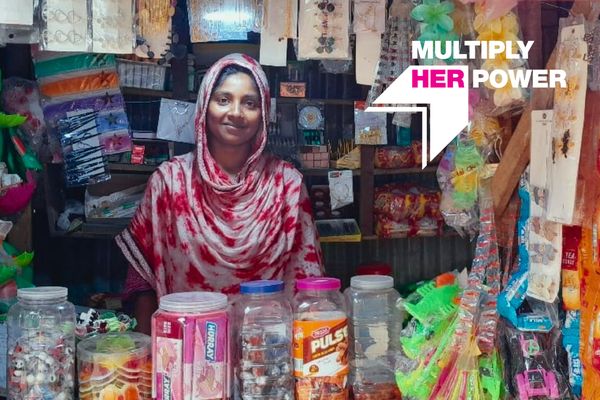
12 ways to give: how to donate to end poverty and power potential with BRAC
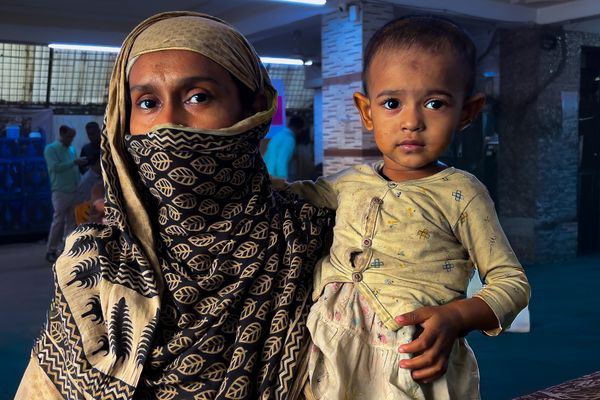
After the flames: Rebuilding lives in Korail

Case study: how social enterprises build pathways out of poverty

Development That Works

BRAC's 2025 holiday gift guide: gifts that make a big impact
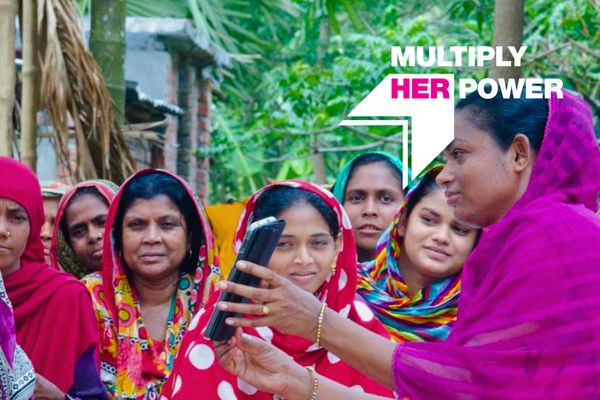
Case study: how financial inclusion can erase extreme poverty

This Giving Tuesday, BRAC donors stepped up and Multiplied Her Power!
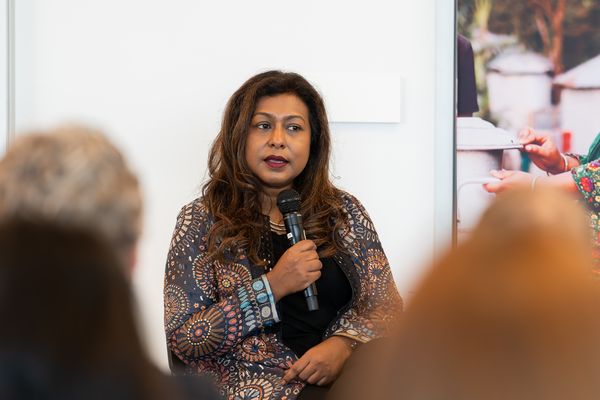
Fireside reflections: A conversation on purpose, enterprise, and impact
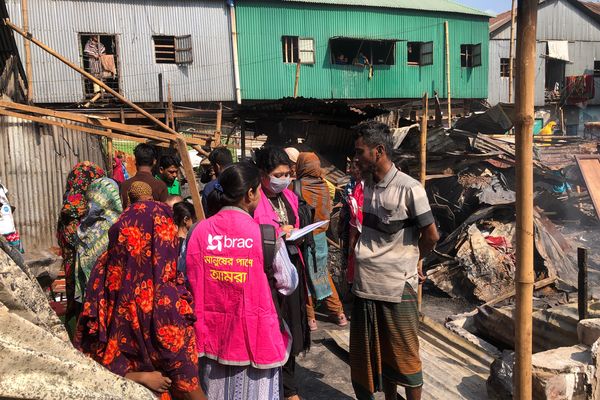
Korail slum fire: BRAC announces support for families
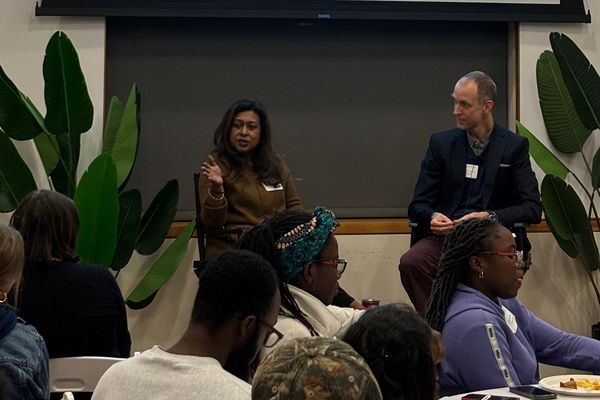
Social enterprises as fuel for growth: Lessons from BRAC’s Tamara Hasan Abed at Stanford
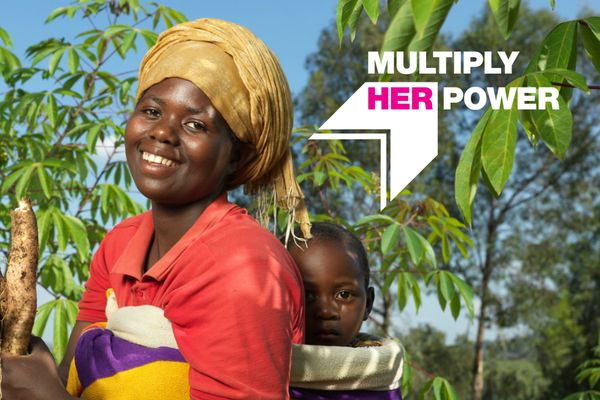
Case study: how Angelique is rewriting her own future in Rwanda
